Scientists
Chapter 1: The Universe
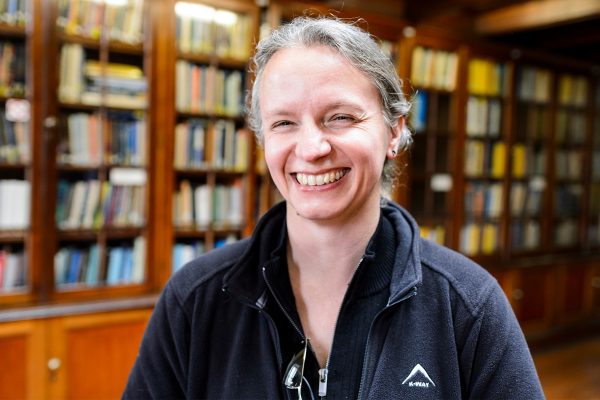
Lisa Crause
Astronomer, South African Astronomical Observatory
SALT Board Member
After earning a PhD in astronomy, Crause realized her true passion was at the intersection of astronomy and engineering, or astronomical instrumentation. Her expertise is critical to the building and commissioning of new instruments, and to the maintenance and care of existing instruments. Crause, who has spent time at UW–Madison as a visiting scientist, jokes that she is the functional equivalent of a veterinarian for telescopes and instruments.
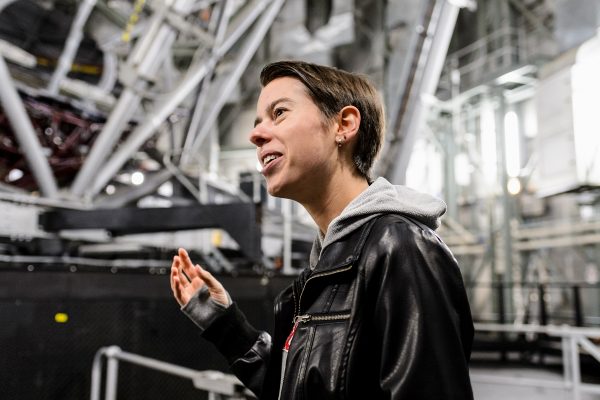
Julie Davis
Astronomy PhD student, University of Wisconsin–Madison
2017 National Science Foundation Graduate Research Fellow
Davis knew at age 14 she wanted to be an astronomer after she gazed in awe at images from the Hubble Telescope. As a graduate student, Davis continues her work addressing an enduring question in galaxy evolution: How do galaxies obtain their gas and how do these gases contribute to the birth of new stars?
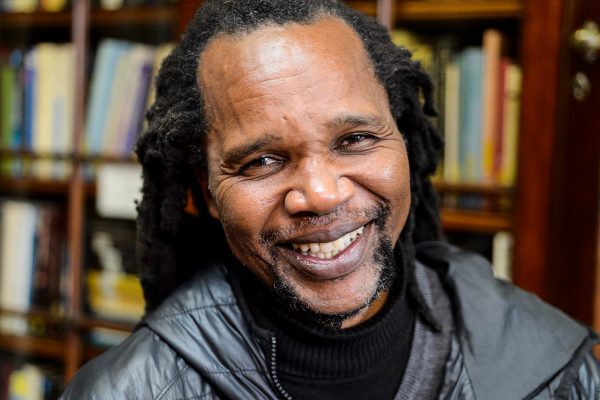
Sivuyile Manxoyi
Education and Communication Officer, South African Astronomical Observatory
SALT Collateral Benefits Program
Formerly a teacher, Manxoyi is now focused on science communication, education and outreach, with the goal of contributing to the transformation of South Africa’s historically disadvantaged communities. He visited Madison to participate in the UW–Madison Wisconsin Teacher Enhancement Program, an experience that inspired him and influenced his approach to science education.
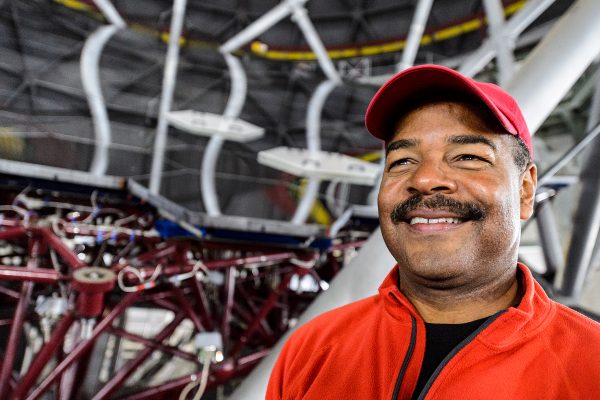
Eric Wilcots
Professor of Astronomy, University of Wisconsin–Madison
Interim Deputy Dean and Associate Dean for Research, College of Letters & Science
SALT Board Member
Wilcots received his first telescope when he was 8 or 9 years old and has been studying star formation and the ecosystems of galaxies most of his adult life. Few can match his enthusiasm. His primary research interests are the evolution of galaxies and their environments across cosmic time. Wilcots shares his passion for astronomy as director of Universe in the Park, an outreach program that includes night-sky observation events held at Wisconsin state parks from spring through fall.
Chapter 2: Life on Earth
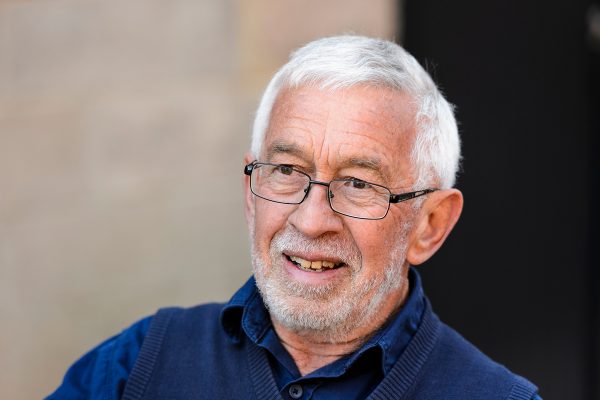
Nicolas Beukes
Geologist, University of Johannesburg
Director, Centre of Excellence for Integrated Mineral and Energy Resource Analysis
Beukes has for decades studied early Earth geology. A field geologist, he is particularly interested in the creation of rocks over time and studying the record preserved in rock layers. He has traced Earth’s past atmosphere and environments and has expanded his work to include the search for the origins of life.
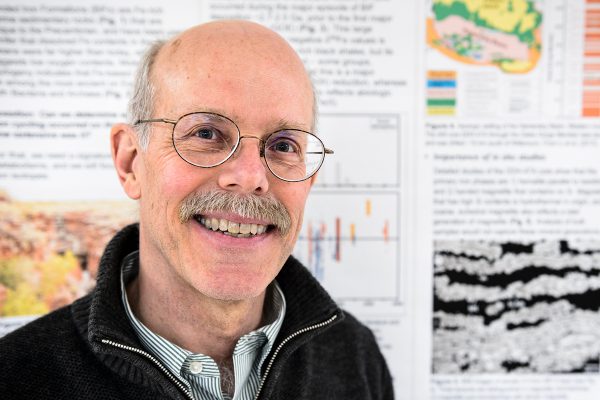
Clark Johnson
Vilas Distinguished Professor of Geoscience, University of Wisconsin–Madison
Principal Investigator, Wisconsin Astrobiology Research Consortium
Johnson examines the chemical makeup of rocks to understand ancient life and the evolution of Earth’s mantle and crust. Among a host of other scientific interests, he helps lead a team looking at the origins and evolution of life in the universe. He believes the key to understanding the origins of life on Earth will be found on Mars.
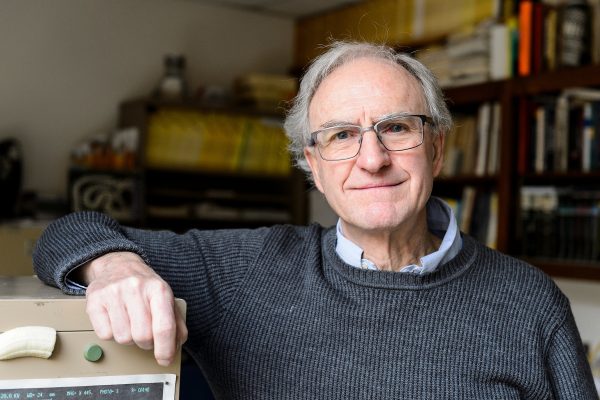
John Valley
Professor of Geoscience, University of Wisconsin–Madison
Co-Investigator, Wisconsin Astrobiology Research Consortium
Valley, a geochemist, led a team of researchers that identified the oldest piece of Earth’s crust: a microscopic crystal called a zircon, which informs what we know about how Earth formed 4.4 billion years ago. He was also part of a team that helped date the oldest-known fossils on the planet.
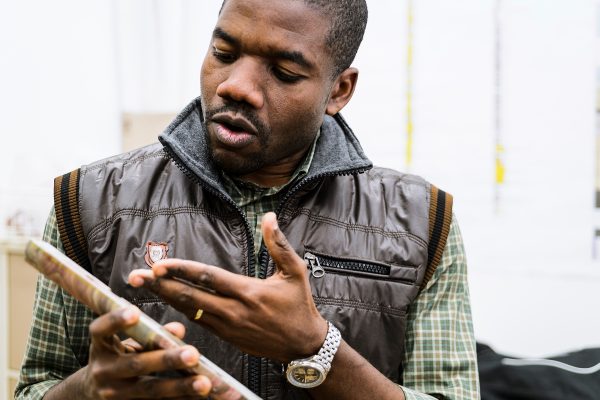
Hervé Wabo
Geologist, Paleomagnetic Laboratory, University of Johannesburg
Research Associate, Centre of Excellence for Integrated Mineral and Energy Resource Analysis
Wabo completed his graduate work with Nic Beukes at the University of Johannesburg and has worked with Clark Johnson to study the signatures of early life in South Africa’s rock record. In the “Paleomag Lab” he studies the magnetism of rocks, which is set at the time they form and can tell scientists where the rocks were on the planet when they formed and how the rocks were oriented. It can reveal information about ancient continents and in some cases be used to help determine the age of rocks.
Chapter 3: Humankind
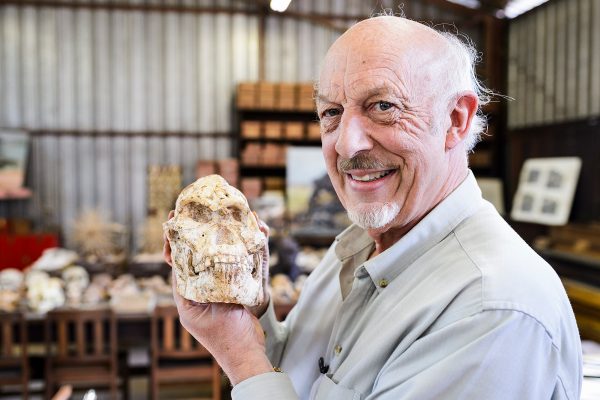
Ronald J. Clarke
Honorary Professorial Research Fellow, Evolutionary Studies Institute
University of the Witwatersrand, Johannesburg, South Africa
Clarke is a paleoanthropologist most widely known for his role in the 1997 discovery of Little Foot, the most complete skeleton of Australopithecus ever found, in Sterkfontein Caves. He studied with the famed anthropologist and archaeologist, Louis Leakey, and is credited with a number of other discoveries. He has spent most of his life investigating hominids and today also helps work with students and other researchers at Swartkrans.
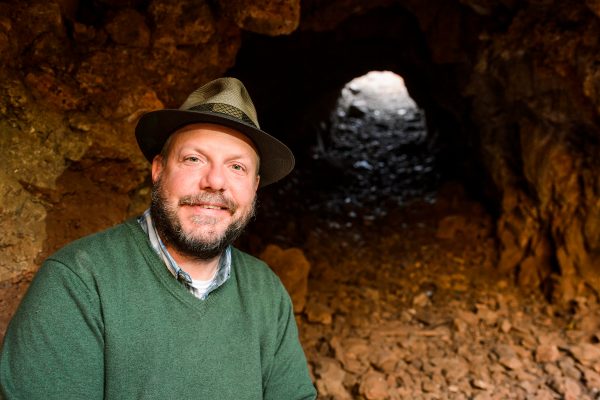
John Hawks
Vilas-Borghesi Distinguished Achievement Professor of Anthropology, University of Wisconsin–Madison
J.F. Crow Institute for the Study of Evolution
Hawks has traveled across Africa, Europe and Asia studying ancient bones and human genomes. In 2013, he was one of the leaders of a team that discovered Homo naledi, a new human ancestor, at the Rising Star cave in South Africa. He’s passionate about transforming science with technology and for creating opportunities to make science accessible to more people.
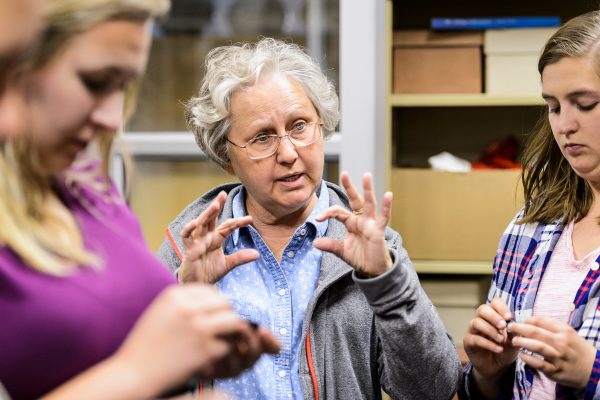
Kathleen Kuman
Professor Emeritus of Archaeology, Evolutionary Studies Institute, University of the Witwatersrand, Johannesburg, South Africa
Swartkrans Paleoanthropological Research Project
Kuman grew up in Washington, D.C., and as a stone tool archaeologist, she eventually made her way to Africa. She and Ron Clarke met in 1981 while she was doing work at Sterkfontein Cave in South Africa. Kuman is considered one of the world’s foremost experts on prehistoric, Stone Age tools. Her expertise in site formation and cultural and behavioral evolution is also pivotal to her role working with students and researchers at Swartkrans.
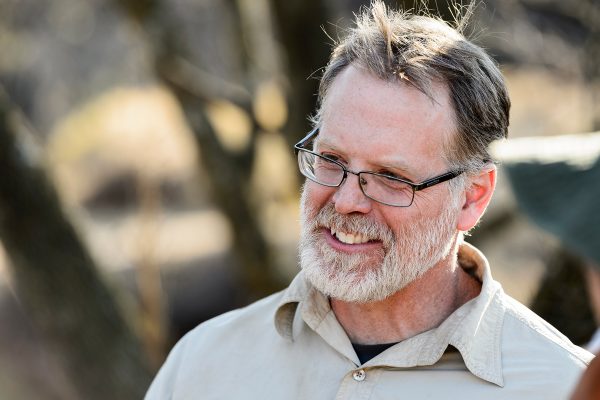
Travis Pickering
Professor of Anthropology, University of Wisconsin–Madison
Director, Swartkrans Paleoanthropological Research Project and the UW Anthropology Field School
As a biological anthropologist, Pickering examines how organisms decay and become fossilized. He has studied at Swartkrans, one of the most important paleoanthropological sites in the world, for more than 20 years and has focused on understanding the role of hominids in the complex ecology of the region going back nearly 2 million years. He has led the UW–Madison field school at Swartkrans since 2009.
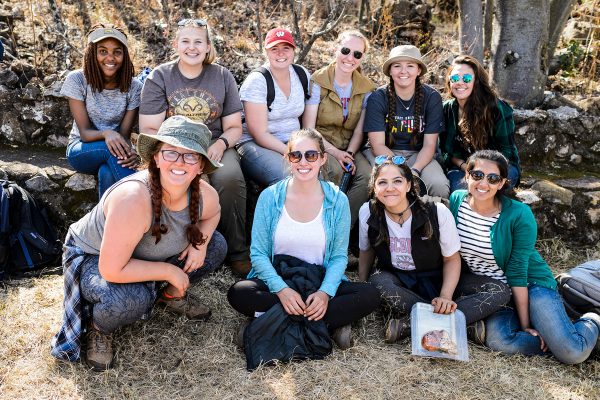
Swartkrans Field School Students
Summer 2017
Each summer, a team of undergraduate students participates in a UW–Madison archaeology field school led by Professor Travis Pickering. For four weeks, students excavate at Swartkrans in the Cradle of Humankind, one of the most important sites in the world for the study of human evolution. UW–Madison students play a critical role in the research done here. The 2017 field school included (back row, left to right): Recognise Sambo (University of the Witwatersrand), Stephanie Starr, Stephanie Hyde, Hannah DeBrine, Annelise Beer (Salisbury University, Maryland), Christine Schmitt. Front row: Emmaleigh Grady, Andrea Heile (graduate field assistant), Talia Sankari, Anisa Dhillon.